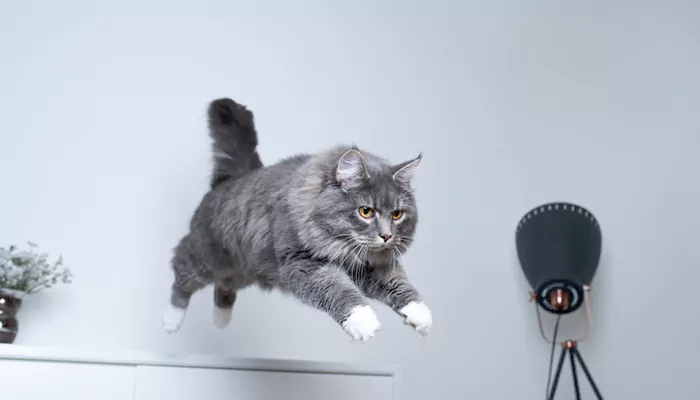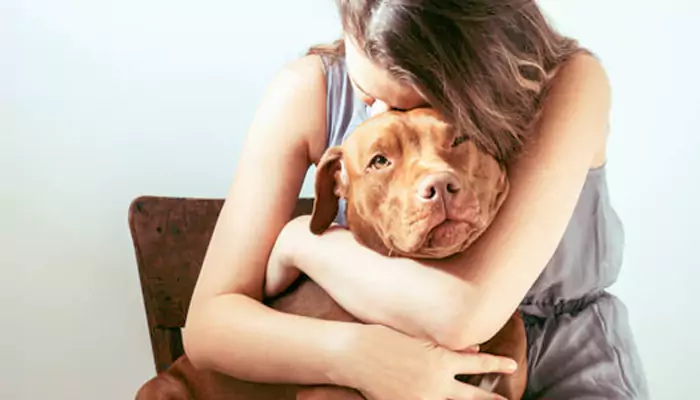
Everyone loves chonky cats, but not at the cost of their health
When our furballs are carrying extra weight, it can lead to a slew of health problems and a serious decline in their quality of life. But fear not, with a few simple tweaks to their diet and lifestyle, you can have your feline friend feeling lighter and livelier in no time!
First things first, let's talk about why a healthy weight is so important for your cat. Just like us humans, carrying around extra pounds can really weigh them down (pun intended). Not only does it make them less agile and playful, but it also puts them at risk for some serious health issues like arthritis, urinary and kidney diseases, heart problems, and even diabetes. Plus, no one likes a grumpy, lethargic cat – let's get them back to their spunky selves!
Consult with Your Vet
Before making any changes to your cat's diet or exercise routine, it's crucial to consult with your veterinarian. They can assess your cat's current weight, health status, and provide personalized recommendations for weight loss. The vet can also rule out any underlying health issues if any. The vet to rule out any medical conditions and get their expert advice on how to proceed.
Listen to Your Vet's Advice:
Your vet knows what they're talking about, so don't be offended if they suggest your cat needs to lose a few pounds. They'll likely recommend a gradual weight loss plan tailored to your cat's needs, possibly even a special prescription diet if necessary. Follow their guidance and trust the process.
Be Savvy with Treats:
Treats can be a slippery slope when it comes to managing your cat's weight. While it's tempting to spoil your feline friend with goodies, it's essential to be mindful of their calorie intake. Try to limit treats to occasional indulgences and opt for healthier options like small pieces of cooked lean protein or fish flakes. Break treats into smaller portions to make them last longer, and shower your kitty with attention and affection instead – they'll appreciate the cuddles just as much!
Ease into Exercise:
Regular exercise is key to helping your cat maintain a healthy weight, but it's essential to start slow, especially if your kitty isn't used to being active. Aim for a few short play sessions each day using interactive toys to get their heart rate up and their muscles moving. Keep an eye on their breathing during exercise – if they start panting excessively, it's time to take a break and consult with your vet to rule out any underlying health issues.
Focus on Food:
If your vet recommends switching your cat's food, it's best to do so gradually to avoid upsetting their stomach. Start by mixing a small amount of the new food with their old food and gradually increase the ratio over time. Consider switching to canned food, which tends to be lower in calories and higher in protein, promoting a leaner, healthier physique for your kitty.

Sneak in More Activity:
Sometimes, our kitties need a little extra motivation to get moving. Find creative ways to incorporate more activity into their daily routine, like placing their food bowl on a raised surface so they have to jump up to reach it or encouraging them to explore different areas of the house. These small changes can add up over time and help your kitty burn off those extra calories without even realizing it!
Pare Down Portions:
Measuring out your cat's food with a measuring cup is essential for portion control and ensuring they're not overeating. Consider pre-portioning their meals ahead of time or using automatic feeders to dispense small amounts throughout the day. For multi-cat households, separate your kitties during mealtime or feed them in different areas to prevent food disputes and ensure each cat gets the right amount of food for their needs.
Use Puzzle Toys and Feeders:
Keep your kitty's mind and body engaged with puzzle toys and feeders that encourage them to work for their food. These interactive toys slow down eating, prevent boredom, and provide mental stimulation. Plus, watching your cat figure out a puzzle is pretty darn cute!












